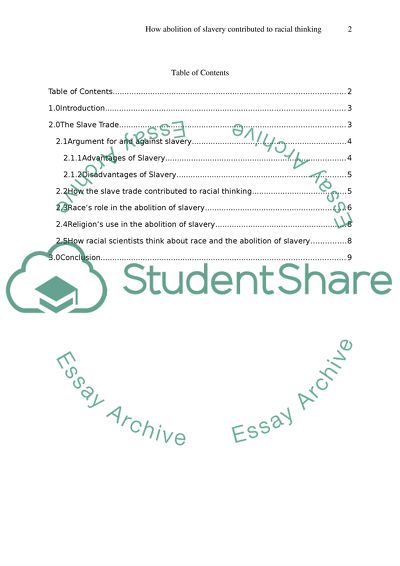Cite this document
(“How Abolition of Slavery Contributed to Racial Thinking Essay”, n.d.)
Retrieved from https://studentshare.org/sociology/1433114-how-abolition-of-slavery-contributed-to-racial-thinking
Retrieved from https://studentshare.org/sociology/1433114-how-abolition-of-slavery-contributed-to-racial-thinking
(How Abolition of Slavery Contributed to Racial Thinking Essay)
https://studentshare.org/sociology/1433114-how-abolition-of-slavery-contributed-to-racial-thinking.
https://studentshare.org/sociology/1433114-how-abolition-of-slavery-contributed-to-racial-thinking.
“How Abolition of Slavery Contributed to Racial Thinking Essay”, n.d. https://studentshare.org/sociology/1433114-how-abolition-of-slavery-contributed-to-racial-thinking.


